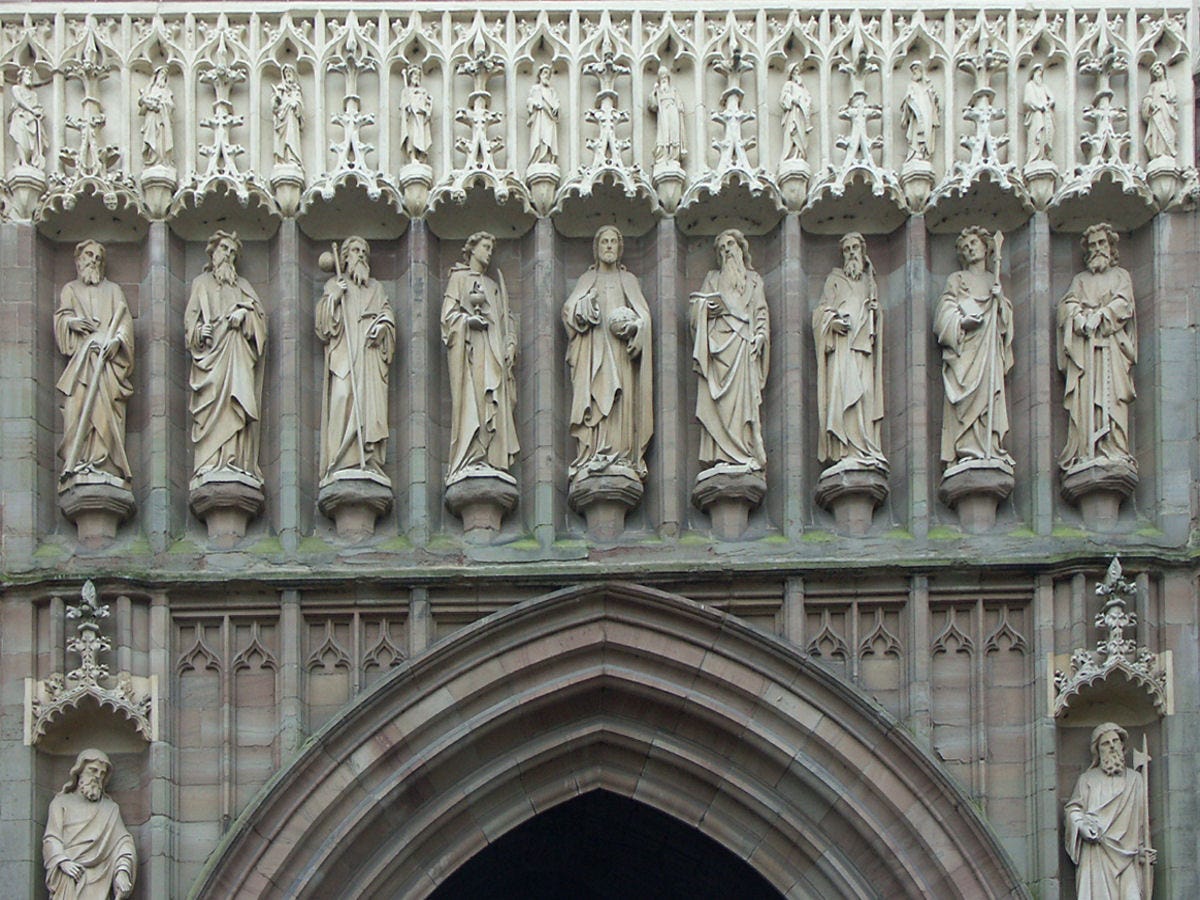The Old Post Office Building (see pic) in Washington DC was completed in 1899. It had been approved by Congress nine years earlier and taken seven years to build. Very soon, the US Post Office outgrew its stunning Romanesque shell. The building was scheduled for demolition within thirty years. The Depression and some local activists saved the building but it’s incredible that such a building could be disposable.

From Washington to Worcester
Disposable buildings are normally easier to spot. I was painfully aware of this walking around Worcester late last year. Near the beautiful cathedral are numerous buildings that are achingly unpleasant to look at. Peer underneath them and I’m sure you would find labels that say ‘Best Before 1991’. I’m not even sure people thought they were beautiful at the time.
Worcester is also no exception to a general rule I’ve observed: the ugliest buildings in the city are those built by and for the council – either city, district or county. They are normally grey, concrete and vile.
How do these carbuncles happen? It’s all about speed. A municipal council can work out a budget, appoint an architect, approve plans, appoint a builder, find more money to pay for the cost overruns, and get the mayor to cut the ribbon in the space of a few years.
So why is the cathedral still there? It’s partly the beauty. That certainly helps, and probably saved the Old Post Office building in Washington DC. But no-one, literally no-one, is recommending we pull them down for any reason ever.
How are cathedrals the kind of beauty that stand the test of time?
Not One Vision
In the 14th century, you couldn’t build a cathedral that way. Not one single person or family could pay for the whole thing and call all the shots. Not one single builder can oversee the whole process and create their own grand vision.
Most cathedrals took many decades to build, in some cases centuries. They employed generations of masons, architects, carpenters, scaffolders and artisans. This means every cathedral is a dialogue between the generations, and all the stronger for it. Even a long-living bishop or dean is probably not present when their building is completed. And is it ever even completed?
Cathedrals, then, are a permanent monument to taking your time, building on the past and trusting future generations. That’s a lesson we need to heed, when we’re setting hopelessly optimistic targets for 2030, or even 2050. We demand utopia now. It rather assumes that if we don’t sort out a problem within our lifetime, future generations can’t – and previous generations should be ashamed they didn’t get on top of it.
The cathedrals show us what the Burkean contract looks like, the one…
between those who are dead, those who are living, and those who are to be born.
Postscript #1 But Salisbury Cathedral…
The main body of Salisbury Cathedral was completed in 1258, within 38 years. But the spire wasn’t added until 1320 making it the tallest in the England in 1561 when the the spire of Lincoln Cathedral fell down.
Postscript #2 And the Cathedral in Washington DC…
The National Cathedral in Washington DC took things slowly, eschewing the steel frames that almost all other modern buildings have. Construction began 1907, the foundation stone being laid in the presence of President Theodore Roosevelt. 83 years later, the "final finial" was placed in the presence of President George H. W. Bush in 1990.
Postscript #3 Novels about Building Cathedrals
I’ve not read The Spire by William Golding. But I have read the chunky Pillars of the Earth by Ken Follett which does a good job of plotting the re-building of a fictional Norman Cathedral. The prose is can be hard work, but it’s an epic story.





